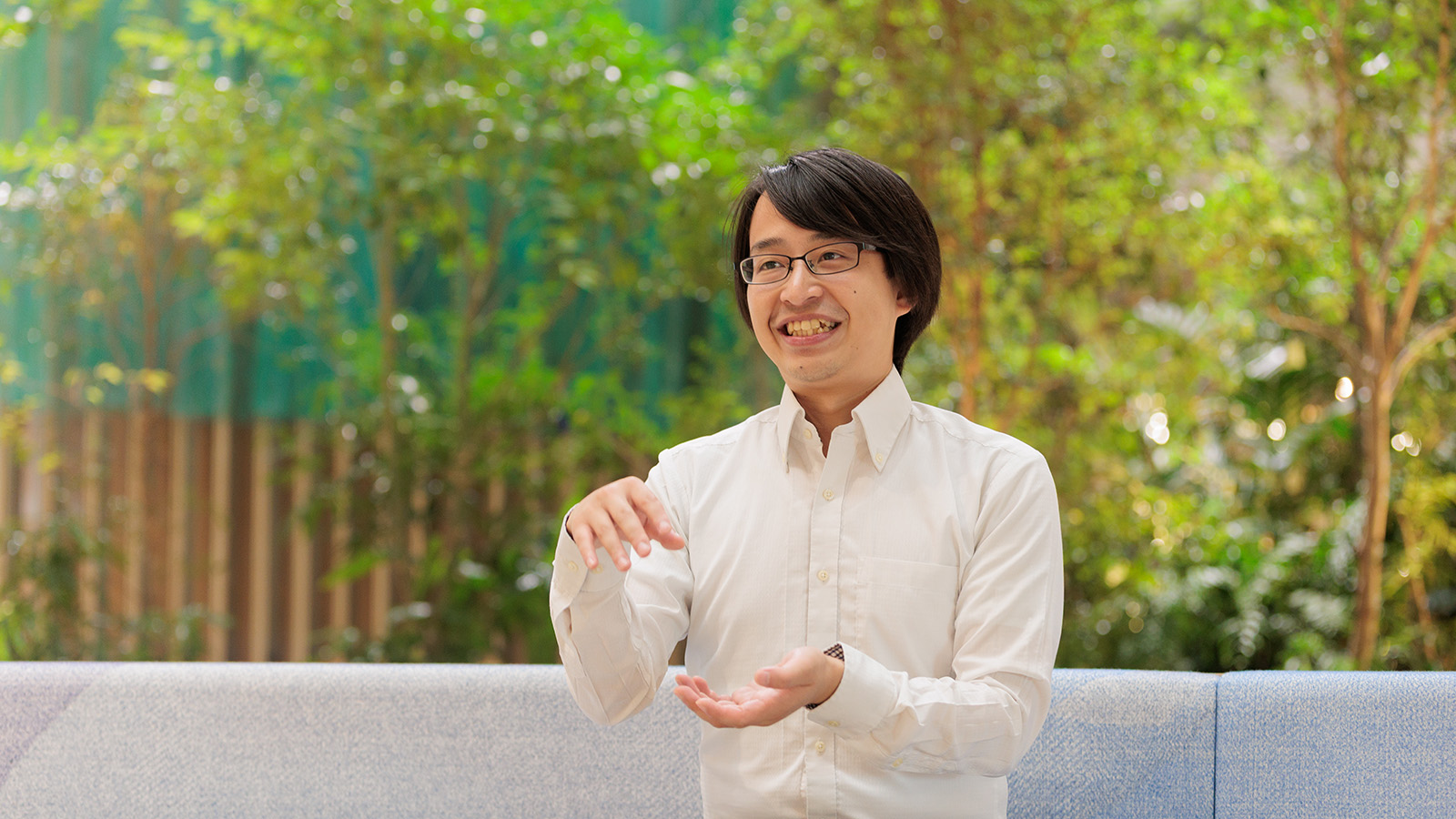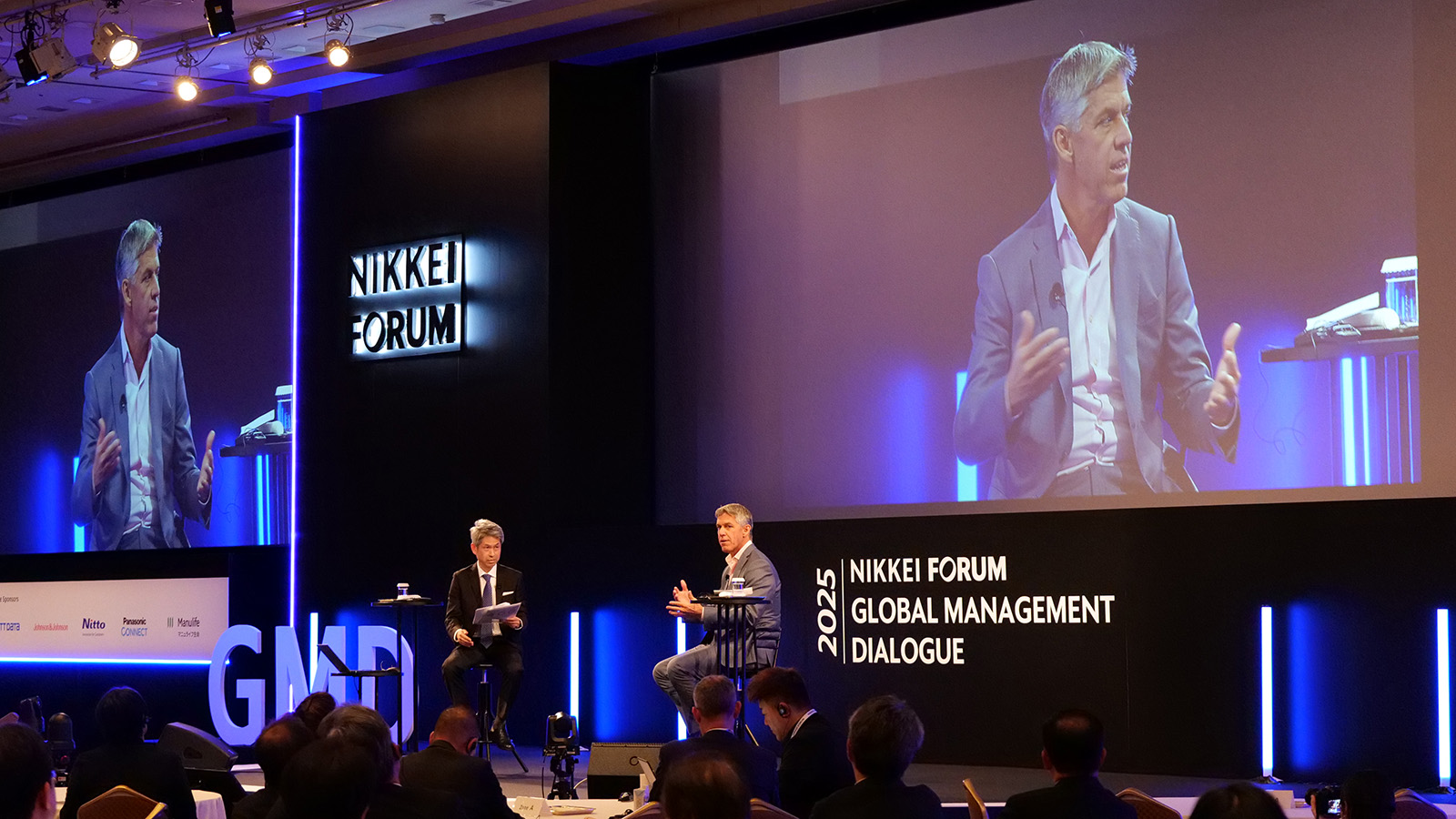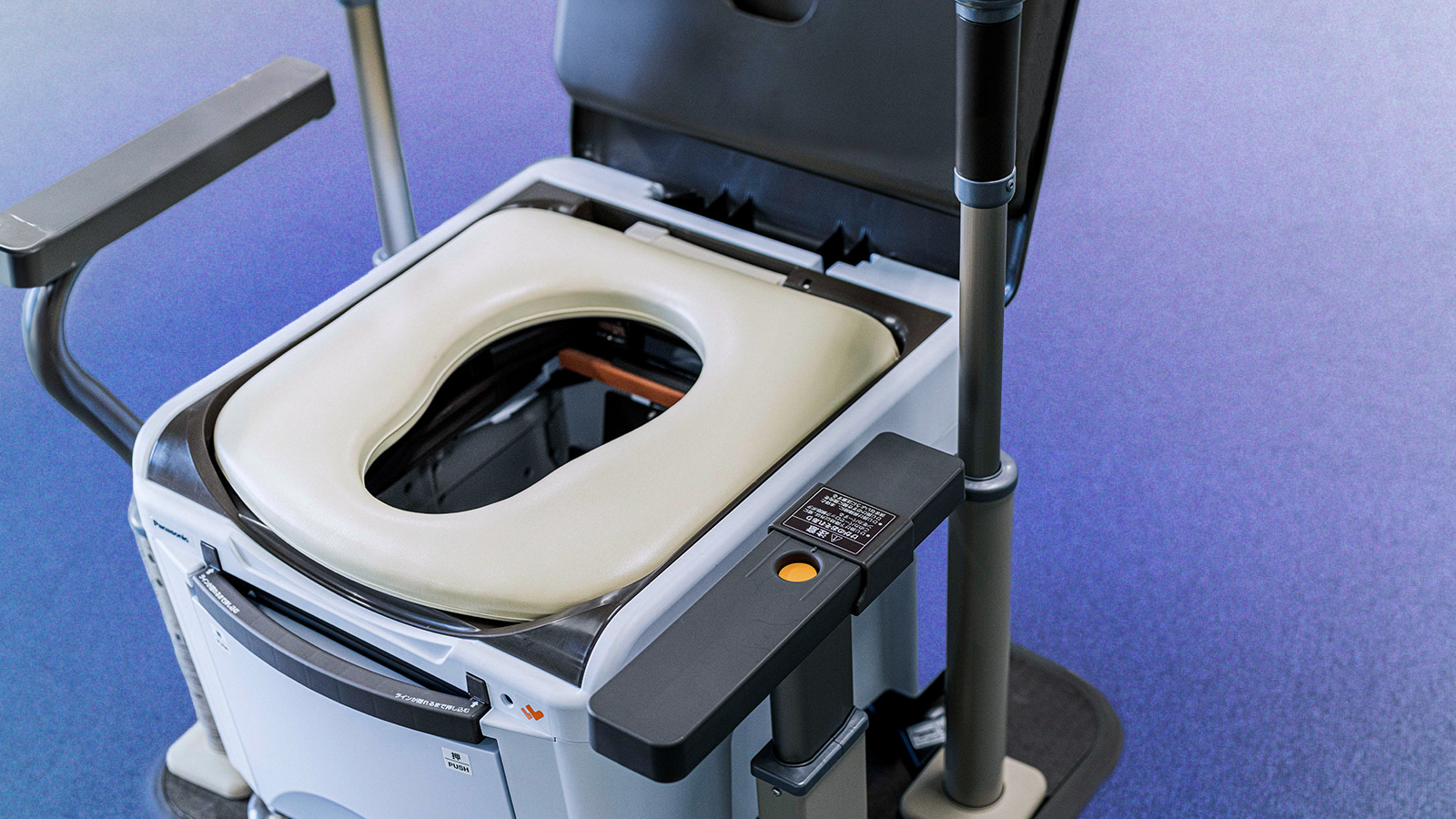
Before dawn. An employee, who recently joined the company, cautiously walks down the dark road. She visited a village without access to electricity on Komodo Island, Indonesia. By 2018, the 100th anniversary of the company's founding, Panasonic aims to donate 100,000 solar lanterns to regions around the world living without access to electricity through its "100 THOUSAND SOLAR LANTERNS PROJECT". She took part in this project for the first time as a member of the site visit team.
"I read about this project online when I was a student. And I wanted to work in this field, so that is why I joined Panasonic."
The members of the "100 THOUSAND SOLAR LANTERNS PROJECT" team visit areas that receive donations to see how the solar lanterns are being used and to listen to users' feedback. Mami Owada joined Panasonic in 2015. As a member of the "100 THOUSAND SOLAR LANTERNS PROJECT" site visit team, she visited a village without access to electricity to listen firsthand to people's concerns and the inconveniences they experience.
Haruhisa, Okuda describes kerosene lamps being used in these non-electrified areas: "Kerosene lights have a nice ambience... But can you see the black soot rising from the flame? The soot from these lamps and burning wood cause pulmonary disease, and as a result, approximately 1.3 million people lose their lives each year. 1.2 million people die of malaria, so the death toll is even higher." The light from conventional lamps has warmth. But not only are they harmful to people's health, because they are not bright enough to work or study at night, it is one of the factors that makes it difficult for people to break the cycle of poverty.
Panasonic's solar lanterns were designed by taking into consideration the findings from extensive research of non-electrified regions. They have 3 levels of brightness, and they can continuously provide light for 6 hours at the brightest settings. The cord is 5 meters long, long enough to enable users to set up the solar panel for charging outdoors, while storing the actual unit indoors to prevent theft. When the solar lantern was turned on for the first time, the family gathered around it erupted with joy and children broke out into smiles.
Owada read about this project online when she was studying in university. After joining Panasonic, she did not hesitate to submit her application when the project was looking for site visit members. Visiting the village as a member of the site visit team she realized anew how important it is to provide new light to people living in areas all around the world without access to electricity. And also having seeing the reactions of the people firsthand she said, "I now have a deeper understanding of Panasonic's activities to help realize 'A Better Life, A Better World.' I hope to apply what I have learned here to my work."
This project has so far donated more than 80,000 lanterns to 113 organizations in 22 countries. The project also engages in activities such as "Cut Out the Darkness" where members involved in lantern donations create handmade lampshades to increase public awareness.
100 THOUSAND SOLAR LANTERNS PROJECT
This project, which began with a donation to Myanmar in 2012, has so far donated 84,170 solar lanterns to 22 developing countries in Asia and Africa (as of June 2017). The bright light provided by solar lanterns enable a wide range of activities (medical, educational, financial, etc.) to be conducted at nighttime, and unlike kerosene lamps, they pose no health risks. Moreover, because families no longer need to purchase fuel for light these lanterns help lessen the financial burden.
- Disclaimer:
- We would like to note that Panasonic Newsroom is not a place to address personal Customer Service issues. Even though this is not the forum, Panasonic is always eager to resolve your concerns. Our local customer services contacts can be found at Global Support or you can see our list of Social Media Accounts to find the right channel for your queries and concerns.






